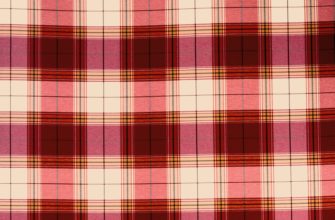Suede is a leather, a material used for several centuries, which has not lost popularity to this day. Expensive material has always been considered a sign of aristocracy, elegance. Suede, what kind of material is it, details below.
History of appearance
Natural suede has been produced since ancient times by fat tanning of chamois (wild goat) skin. From the French word "chamois", through the Polish language came "Zamsz", which in Russian means "suede".

For your information! Suede leather was made from the skins of small animals, mainly goats. In the 17th century, thick material made from bull skin appeared.
Came to Russia from Poland, so the name is also Polish. Initially produced in Nizhny Novgorod, then in the Arkhangelsk province. Industrial production of suede in Russia began only at the end of the 19th century.
Important! Users often ask which is correct: замш or замша. The answer is the second option, since this is a feminine noun.
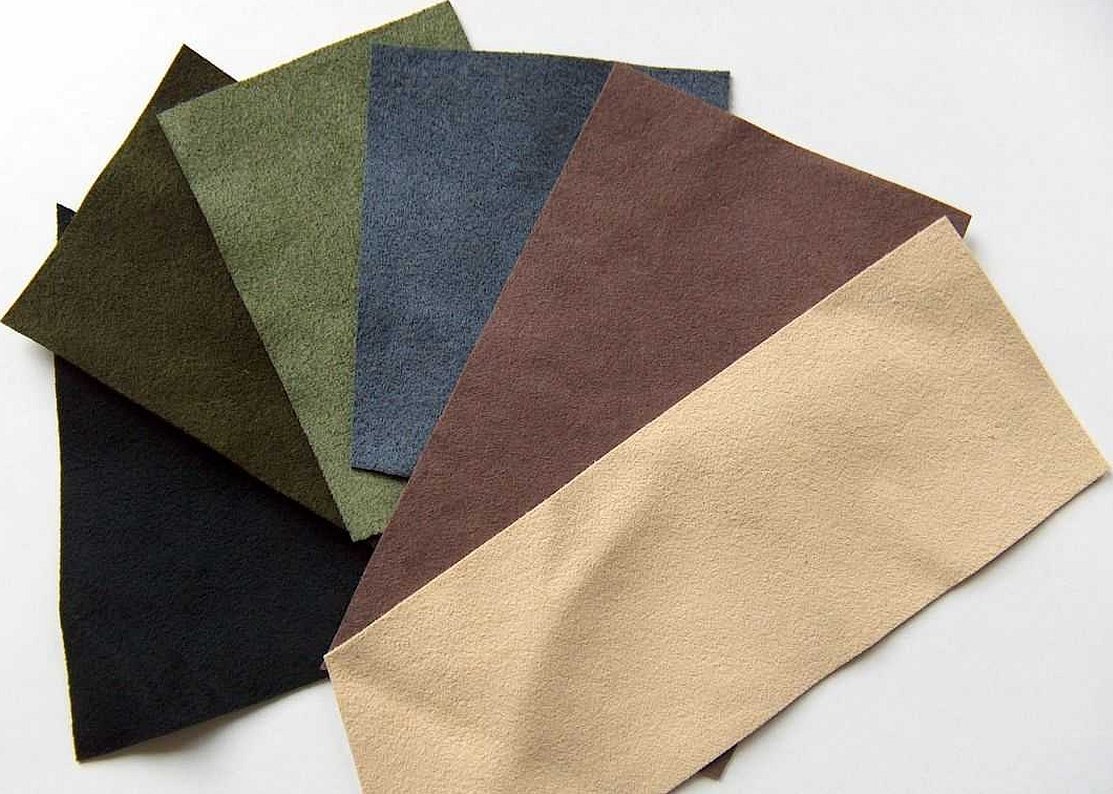
Manufacturing stages
What is natural suede made of? The dressing has its own characteristics. The raw material used is the skin of sheep, goats, pigs or deer.
At the first stage, the top layer of dense, hard, slightly elastic tissue is removed from it - the flesh side (the so-called fleshing). Then fattening (suede-making) is carried out, cod, seal, whale (bream) fat or other fat of vegetable and animal origin is introduced into the leather. During this process, the fat chemically binds with the leather fibers and makes it soft and water-resistant.
Nowadays, formaldehyde treatment is mainly used, then greasing. At the last stage, crushing machines are used to speed up the process. The finished material has a brown color, and can then be additionally processed with an abrasive to create a pile on the surface.

Main properties
Suede - what is it? It is leather, so it, like any material, has positive and negative properties. The advantages of the material include:
- soft, velvety, light;
- elastic, strong, wear-resistant;
- does not allow water to pass through, but allows air to pass through;
- can be washed with soap.
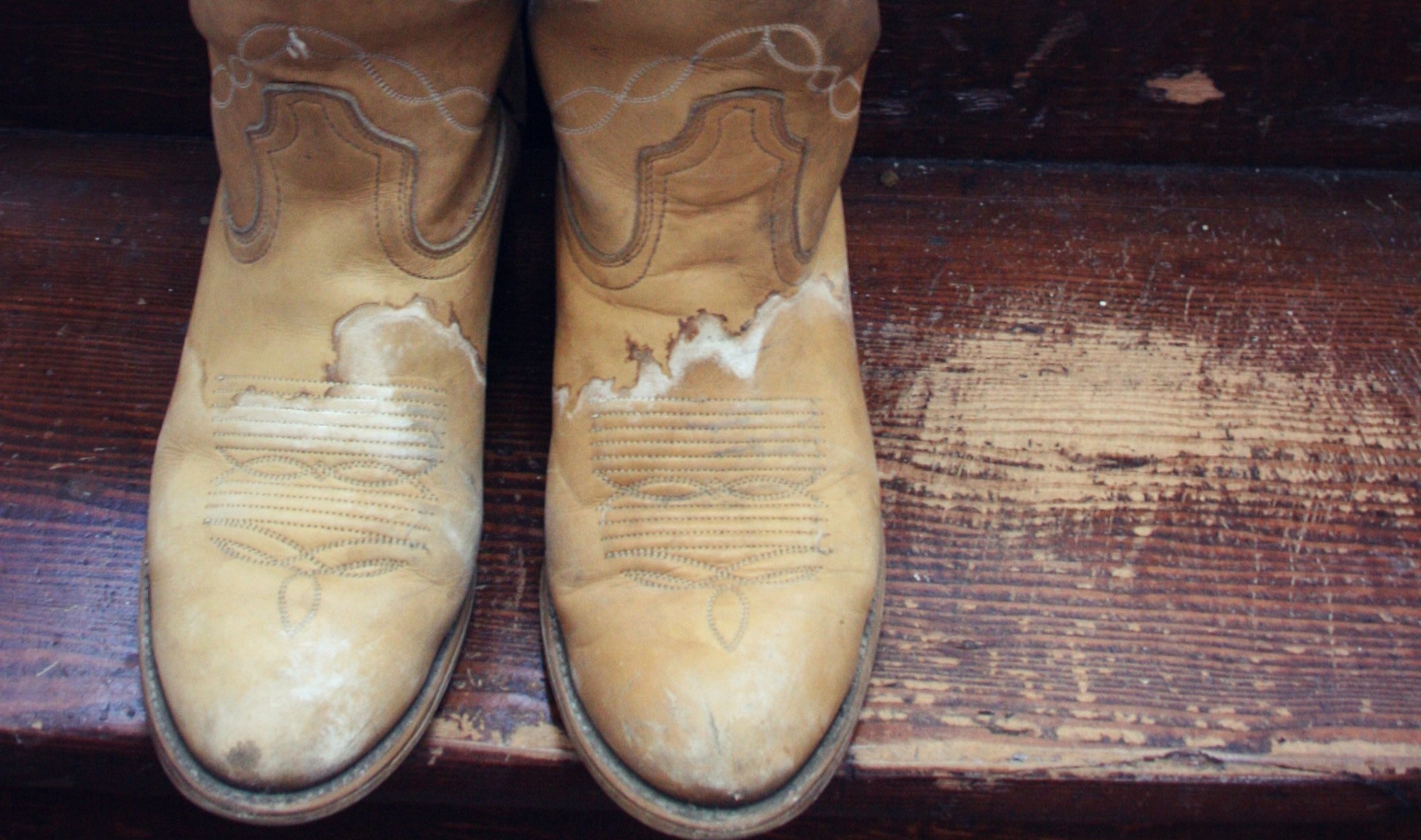
Cons:
- very expensive;
- collects dust and gets dirty quickly;
- requires careful maintenance;
- moisture affects appearance;
- easily becomes greasy and covered with greasy stains.
Types
Many people are interested in what suede is, what it is made of, and what kind of leather it consists of. The best, softest leather is made from deer, sheep and goat skins, while the coarse but thin leather is made from pig skins. Suede made from the skin of large animals is thick. It was previously used to make military uniforms, clothes for hunters and travelers. Now it is used in the production of shoes and orthopedics.
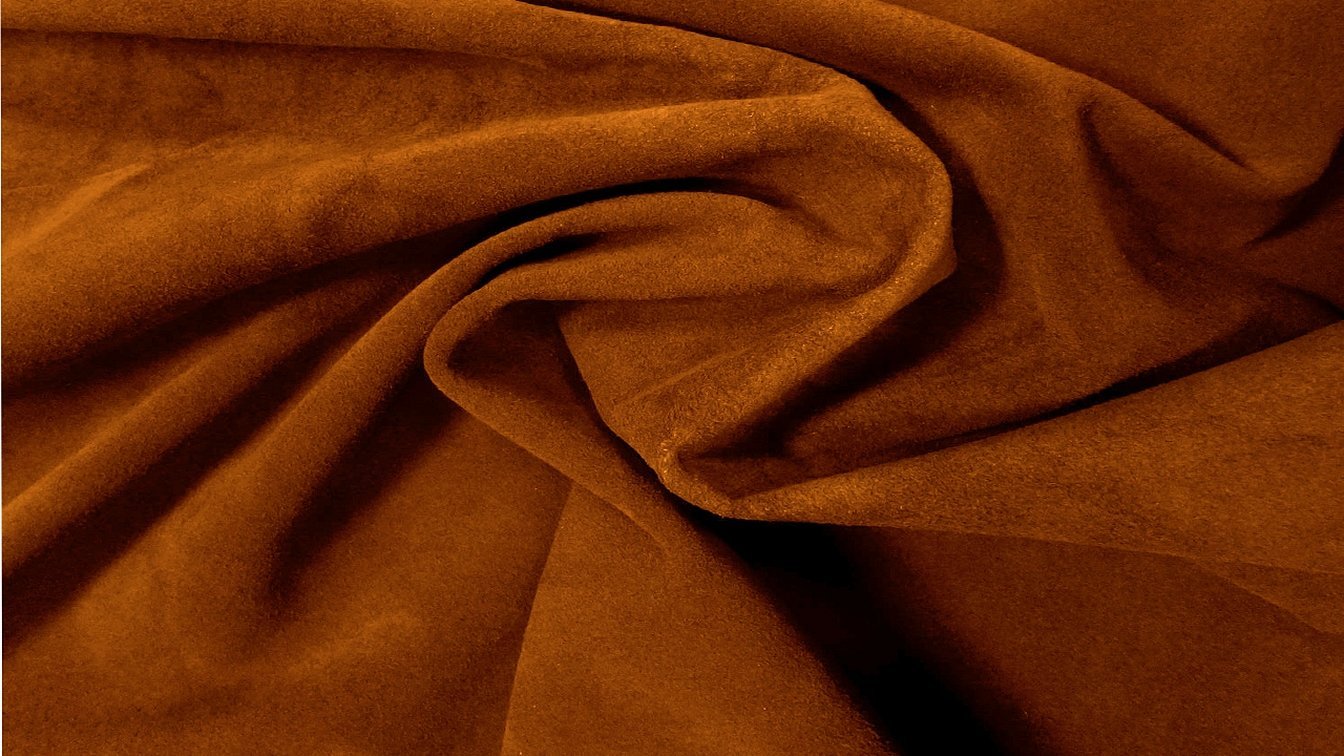
There is another type - split leather. It is obtained by sawing several layers of cattle hide in horizontal layers. The result is a rough, thin, strong non-woven suede.
Please note! Besides natural suede, there is also artificial suede, which is much cheaper.
Care instructions
Suede is a natural material that requires careful care. It is used to make shoes, clothes, gloves, and each type of product has its own care rules. How suede looks depends on proper care.
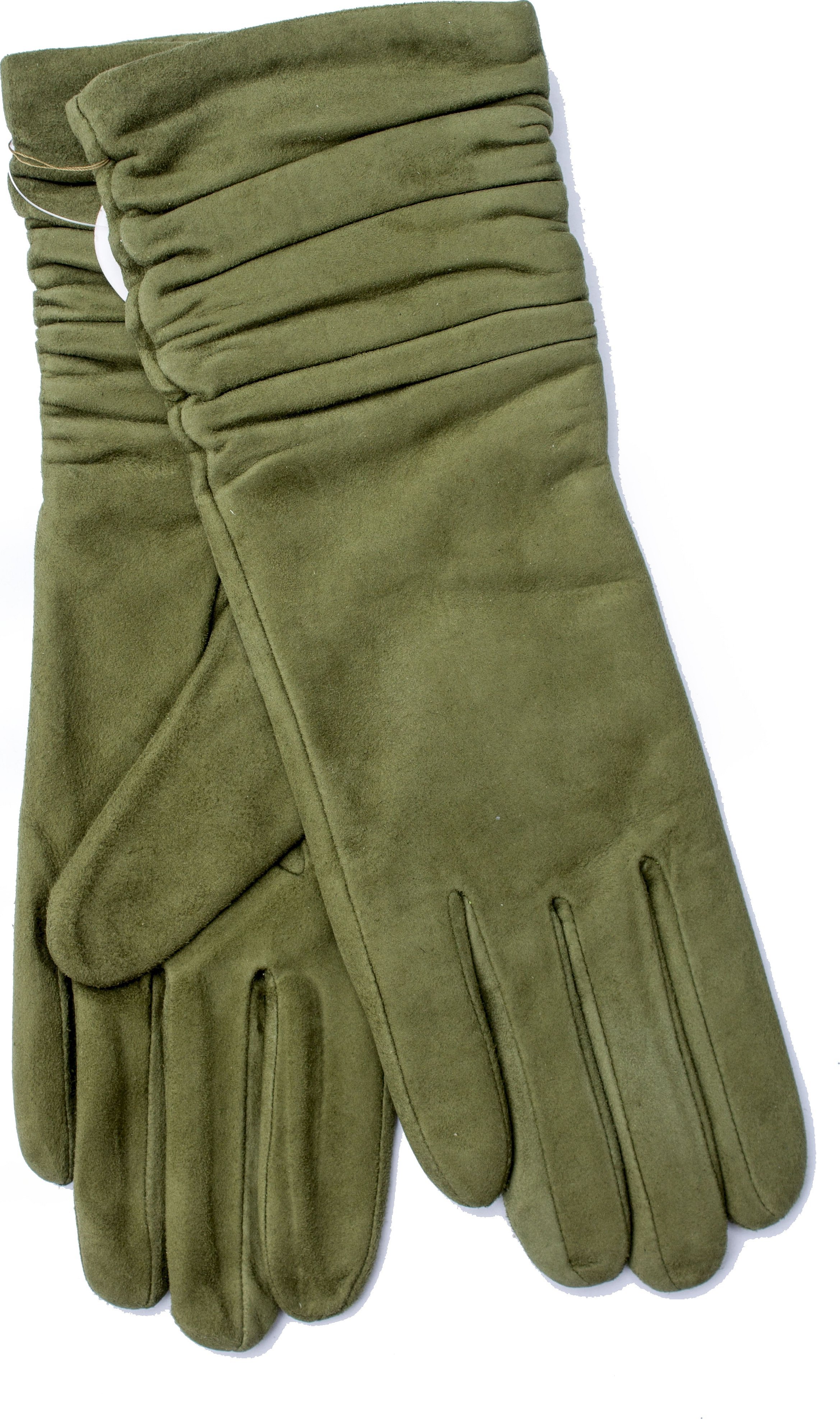
Shoes
Suede - what kind of material is it for shoes? Three types of rough suede are usually used for shoes - thin, medium and thick. The upper part (for example, the boot shaft) is sewn from thin and medium, and the bottom is sewn from thick.
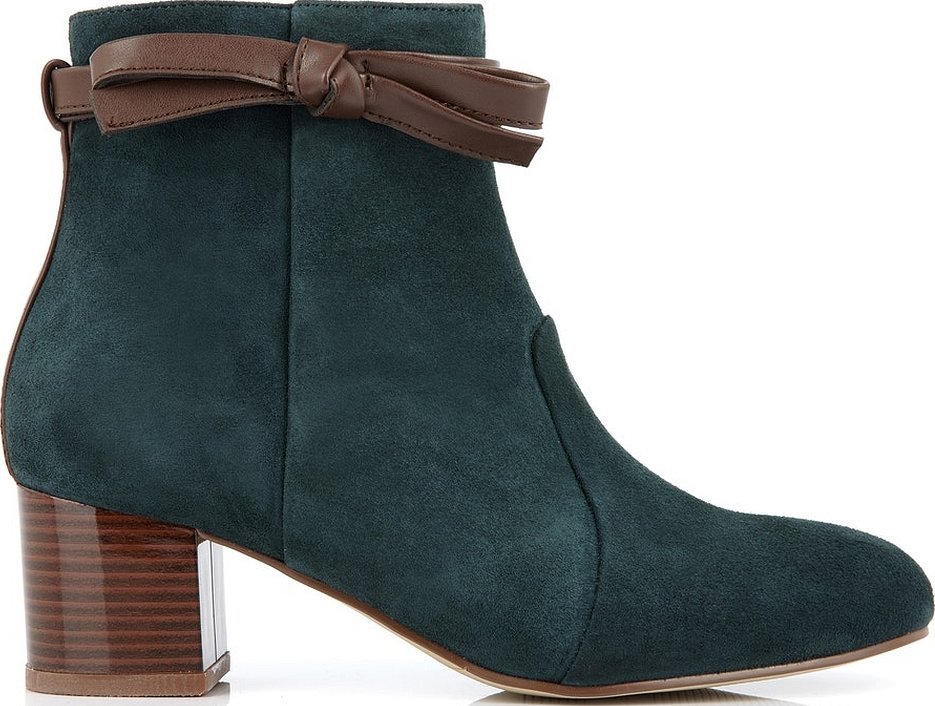
Shoes are subject to contamination (open pores actively absorb dirt). Moisture causes the villi to "stick together". For this reason, you cannot wear them in the rain, in the mud, or wash them. If they get wet, you just need to dry them, clean them, and comb the villi with special brushes.
Important! Shoes should be dried in a straightened state (stuffed with paper), and cleaned only when dry.
Dust and dirt (dried) are removed with special brushes. To remove grease stains, you can use special products or pure gasoline without impurities, for example, for lighters.
Please note! You cannot use creams or wax to care for your shoes, as this can permanently ruin the material.
Outerwear
Caring for outerwear is no different from caring for shoes. Suede quickly gets dirty, greasy and is afraid of oil stains, and is not suitable for public transport. It must be protected from moisture. Under the influence of water, leather can become deformed and lose its velvety texture.
Please note! The material actively absorbs moisture due to its pores, swells and does not let water through. When dry, it becomes rigid.
For cleaning, you need to use branded products. Cleaning greasy areas is possible with the application of gasoline. Then this area should be carefully rubbed with a sponge. Care instructions:
- vacuum constantly;
- brush regularly;
- try not to soak it with water;
- wash by hanging on hangers, using special brushes and dry only in a straightened form;
- do not soak;
- Do not dry in front of heating devices.
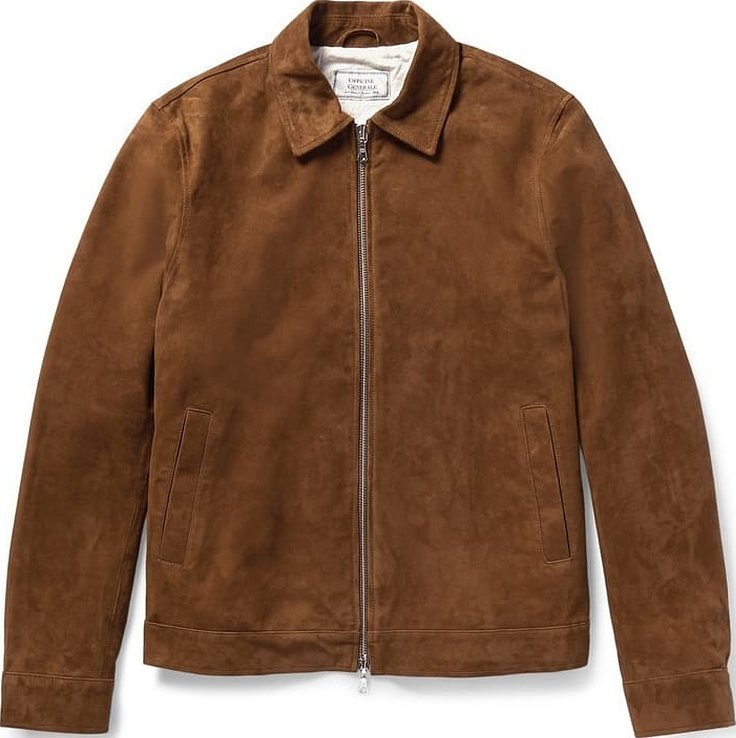
How to care for gloves
The gloves are made of the finest and softest suede, they should be worn carefully, not soaked, and stuffed with paper when drying. In addition, they should be combed with a brush to maintain the pile, otherwise "bald" areas may appear. Grease stains can be removed with pure gasoline, it is more convenient to put the glove on your hand. You can also clean with synthetic products.
Differences between natural and artificial material
Suede is a good material that has a number of wonderful properties. It looks beautiful, is soft, and feels pleasant to the touch. The disadvantage is that it is expensive. Manufacturers have come up with a number of artificial materials that are cheaper, do not let water through, and do not deteriorate quickly. These include velour, artificial suede, leather, and eco-leather.
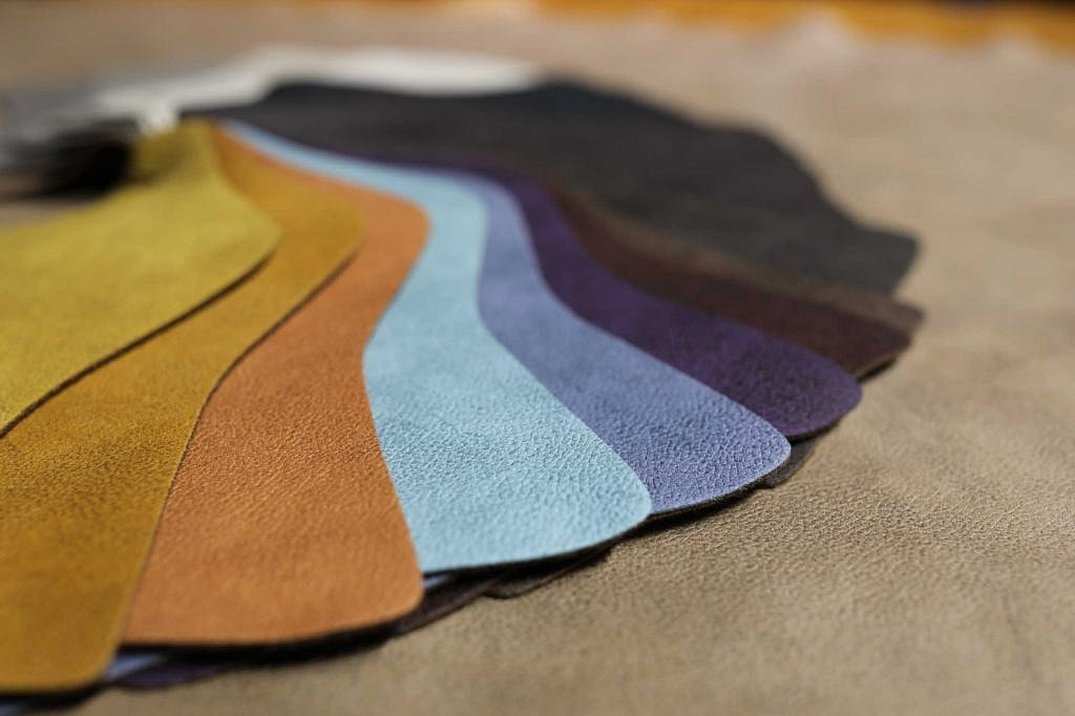
Velour is a type of fabric with pile. It is not leather, but rather a type of textile used for upholstery of car interiors and furniture.
There is eco-leather, otherwise known as imitation leather. Eco-materials are not as soft. Imitation leather is a material based on fabric: a polymer film is applied to it. The products are elastic, do not change color, do not get wet and do not let water through. Imitation leather is sensitive to high temperatures.
Artificial suede is a fabric base covered with polyester, which creates a pile. It looks like suede, but the color is uniform and can have many colors. It is afraid of solvents, bleaching agents, is easy to wash and does not lose its properties.
Differences from other materials
I wonder what suede is, how it differs from other materials. Suede is very different from other natural materials. For example, nubuck. This is a material made from the skins of large horned animals using the chrome tanning method. Like suede, it is sanded with an abrasive. It looks very similar to suede, but is much cheaper, less elastic, has shorter villi, and gets greasy faster. Nubuck is always thicker, only the front side is processed (the back side is not), it is denser, and its wear resistance is lower.
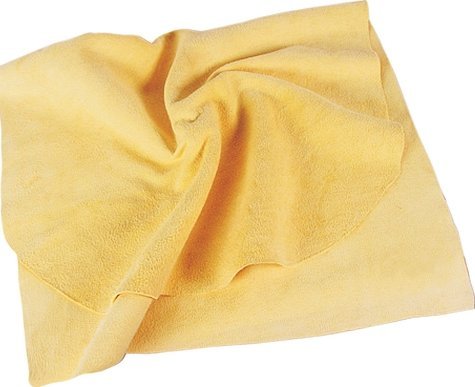
Suede is still a popular material and has a wide range of applications. It is used to make clothes, shoes, gloves, and is used to wipe lenses and as a filter in industry. However, over the years, one thing has remained constant - care, which must be strictly in accordance with the rules, otherwise there is a chance that the material will quickly become unusable.




